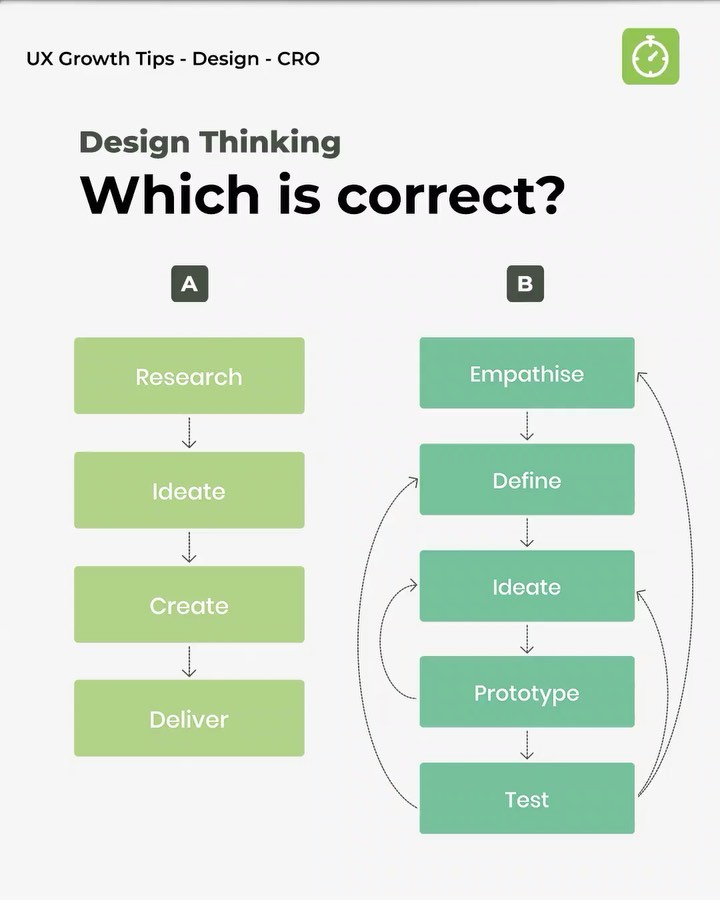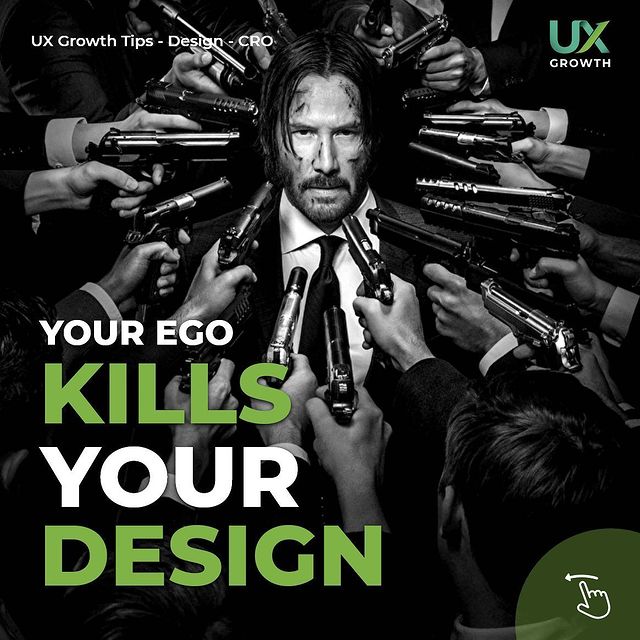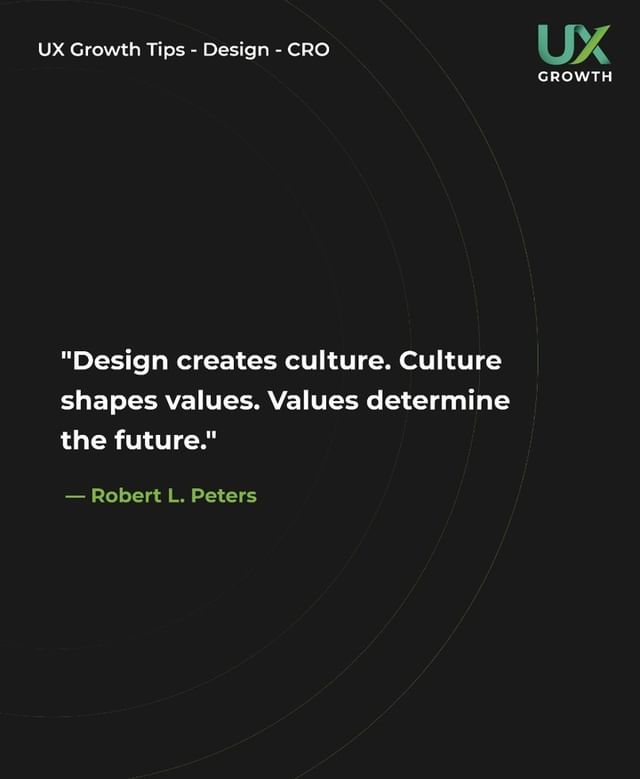Boost Your Conversion Rate Through Compelling Design Storytelling
Exploring the link between design and storytelling emphasizes the importance of a compelling narrative in user experience. Crafting a coherent design narrative can elevate engagement through personalized storytelling techniques and impact conversion rate optimization. Real-world case studies showcase successful design campaigns rooted in storytelling, providing valuable insights for design processes and user behavior analysis.
Exploring the Connection between Design and Storytelling
The intricate relationship between design and storytelling is fundamental to creating immersive experiences for users. By weaving narratives into design, a deeper engagement can be fostered, enhancing the overall user experience and driving conversion rate optimization.
Understanding the Importance of a Compelling Narrative in Design
A compelling narrative serves as the backbone of any effective design, guiding users through a coherent and engaging experience. By incorporating storytelling elements, designers can create meaningful connections with their audience, resonating on an emotional level and leaving a lasting impact.
The Influence of Storytelling on User Experience Design
Storytelling plays a crucial role in shaping user experience design, as it allows for the exploration of user journeys and the identification of key touchpoints. By infusing design with narrative elements, designers can craft immersive experiences that capture the user's attention and encourage interaction.
The Role of Emotional Engagement in Design
Emotional engagement plays a crucial role in the design process, influencing user perceptions and interactions with products and services. By leveraging emotional connections, designers can enhance the user experience and create lasting impressions.
Leveraging Emotional Connections to Enhance User Experience
One effective way to enhance user experience is by leveraging emotional connections. By tapping into users' emotions, designers can create experiences that resonate on a deeper level, fostering user loyalty and satisfaction. Emotional design evokes a response, capturing attention and guiding users through a meaningful interaction.
Incorporating Emotional Design Principles in Product Development
Incorporating emotional design principles in product development is essential for creating products that resonate with users. Understanding human emotions and behaviors allows designers to craft products that address users' needs and desires, eliciting positive emotional responses. By infusing products with emotional design elements, designers can create meaningful connections and differentiate their offerings in the market.
Creating Memorable Experiences through Emotional Design
Creating memorable experiences through emotional design involves designing interactions that leave a lasting impact on users. Emotional design principles can help designers craft experiences that evoke specific emotions, such as joy, excitement, or trust. By focusing on creating memorable experiences, designers can establish a strong emotional connection with users, leading to increased engagement and brand loyalty.
Techniques for Implementing Storytelling in Design
When it comes to implementing storytelling in design, there are several techniques that can help create a cohesive and engaging user experience. Let's explore some effective methods:
Crafting a Coherent Design Narrative
- Start by defining the key elements of your design story.
- Establish a clear plot that guides users through the design journey.
- Ensure consistency in tone and messaging to maintain the narrative flow.
Using Storyboards and User Journeys to Enhance Design
Storyboarding and creating user journeys can provide a visual representation of the design narrative, offering insights into the user's interaction with the product. Here are some tips:
- Map out different user scenarios to understand how the design story unfolds.
- Identify key touchpoints where storytelling can be integrated to enhance user experience.
- Iterate on the storyboard and user journey based on user feedback for continuous improvement.
Integrating Story Elements in Visual and Interaction Design
Integrating story elements into visual and interaction design can create a more immersive and engaging user experience. Consider the following strategies:
- Use visual cues and design elements to reinforce the narrative throughout the user journey.
- Create interactive elements that guide users through the story in a meaningful way.
- Ensure that the design elements align with the overall narrative to maintain coherence and build emotional connections with users.
Maximizing User Engagement through Design Storytelling
Fostering User Engagement through Personalized Storytelling
Personalized storytelling plays a crucial role in capturing user interest and driving engagement. By tailoring narratives to individual users, designers can create a more immersive and relatable experience. This approach not only enhances user engagement but also fosters a deeper connection between the user and the product.
Leveraging User Feedback to Refine Design Narratives
User feedback is a valuable resource for refining design narratives and optimizing user engagement. By listening to user insights and incorporating feedback into the storytelling process, designers can create more meaningful and impactful experiences. This iterative approach ensures that the design resonates with users and aligns with their preferences.
The Impact of Design Storytelling on Conversion Rate Optimization
Design storytelling has a direct impact on conversion rate optimization, influencing how users interact with a product and ultimately drive conversions. By crafting compelling narratives that guide users through the conversion journey, designers can maximize user engagement and improve conversion rates. Understanding the emotional triggers and psychological cues that influence user behavior is key to leveraging design storytelling for optimal conversion rate optimization.
Case Studies: Real-World Applications of Story-Driven Design
Discover how real-world design campaigns rooted in storytelling have impacted user behavior and conversion rate optimization.
Examining Successful Design Campaigns Rooted in Storytelling
- Case study 1: The use of narrative-driven design in a mobile app resulted in a 30% increase in user engagement.
- Case study 2: A website redesign focused on storytelling saw a 25% decrease in bounce rate and a 20% increase in conversion rates.
Analyzing the Effects of Story-Driven Design on User Behavior
Explore how incorporating storytelling elements into design can influence user behavior and create a more immersive user experience.
- Case study 3: Emotional storytelling in product packaging led to a 15% increase in repeat purchases among customers.
- Case study 4: A storytelling approach in website navigation resulted in a 40% decrease in user frustration and a 50% increase in time spent on site.
Lessons Learned from Implementing Storytelling Strategies in Design Processes
Gain insights from successful design campaigns and understand the impact of storytelling on user engagement and brand perception.
- Case study 5: Implementing a cohesive design narrative across all touchpoints improved brand recognition and customer loyalty.
- Case study 6: User feedback integration in design storytelling processes led to a 25% increase in overall user satisfaction and a 20% decrease in support tickets.



